History
Over 75 years of providing hospitality in the Bavarian Alps
75 years of Hospitality
The foundations of the Armed Forces Recreation Center, Europe were laid in 1945, soon after the end of hostilities in Europe. The Army's 10th Armored Division rolled into Garmisch-Partenkirchen on April 30 that year, while the 101st Airborne Division captured both Berchtesgaden and Chiemsee a week later. As soon as the occupation began, Army Special Services officers wasted no time getting the prewar tourist facilities back into operation. Golf, hunting, fishing, skiing and sailing awaited the war-weary soldiers. Word about this Bavarian wonderland travelled fast to service members in occupied Europe. Soon troops from all over U.S. Forces Europe Command were flocking to southern Germany for rest and relaxation.
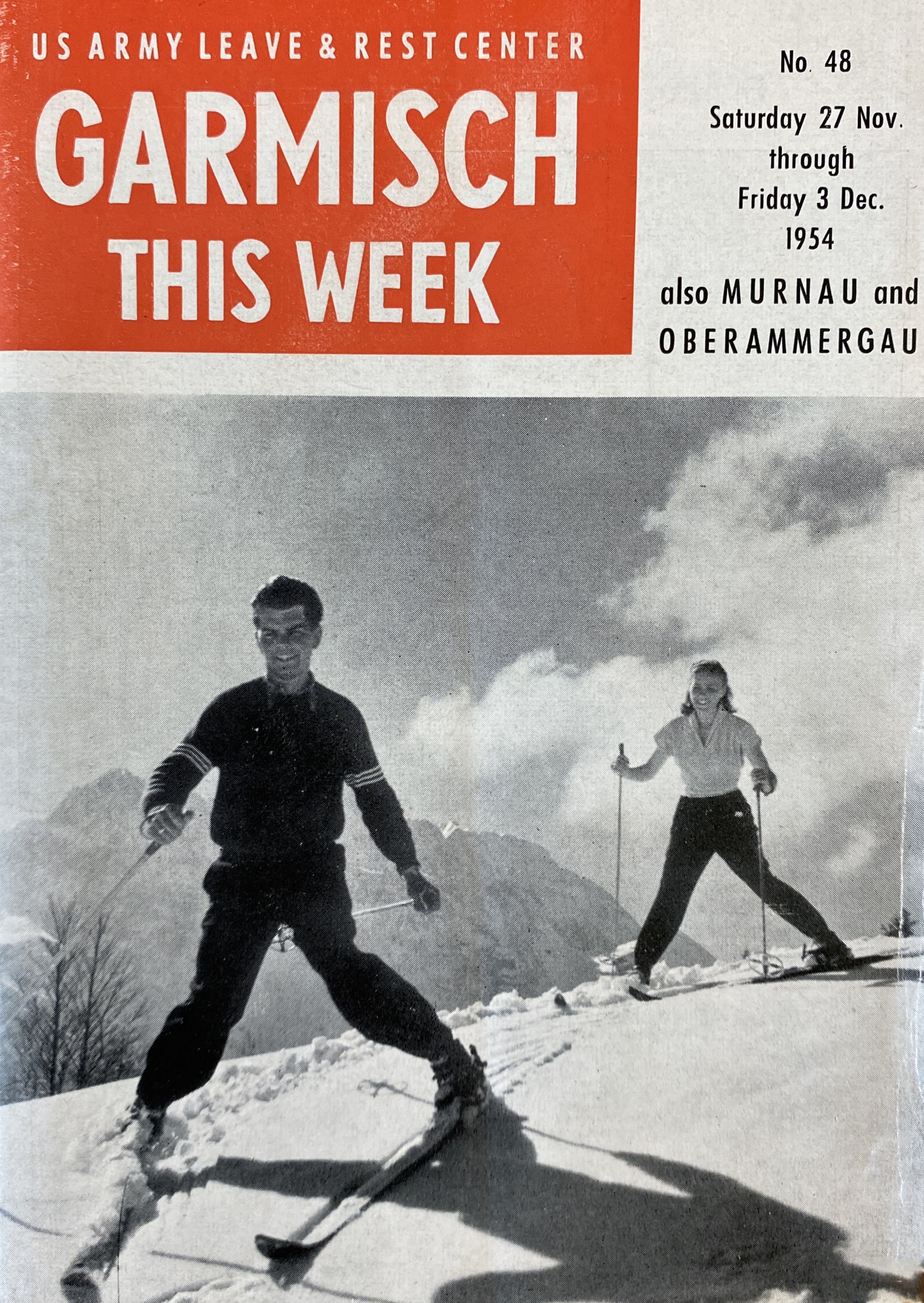
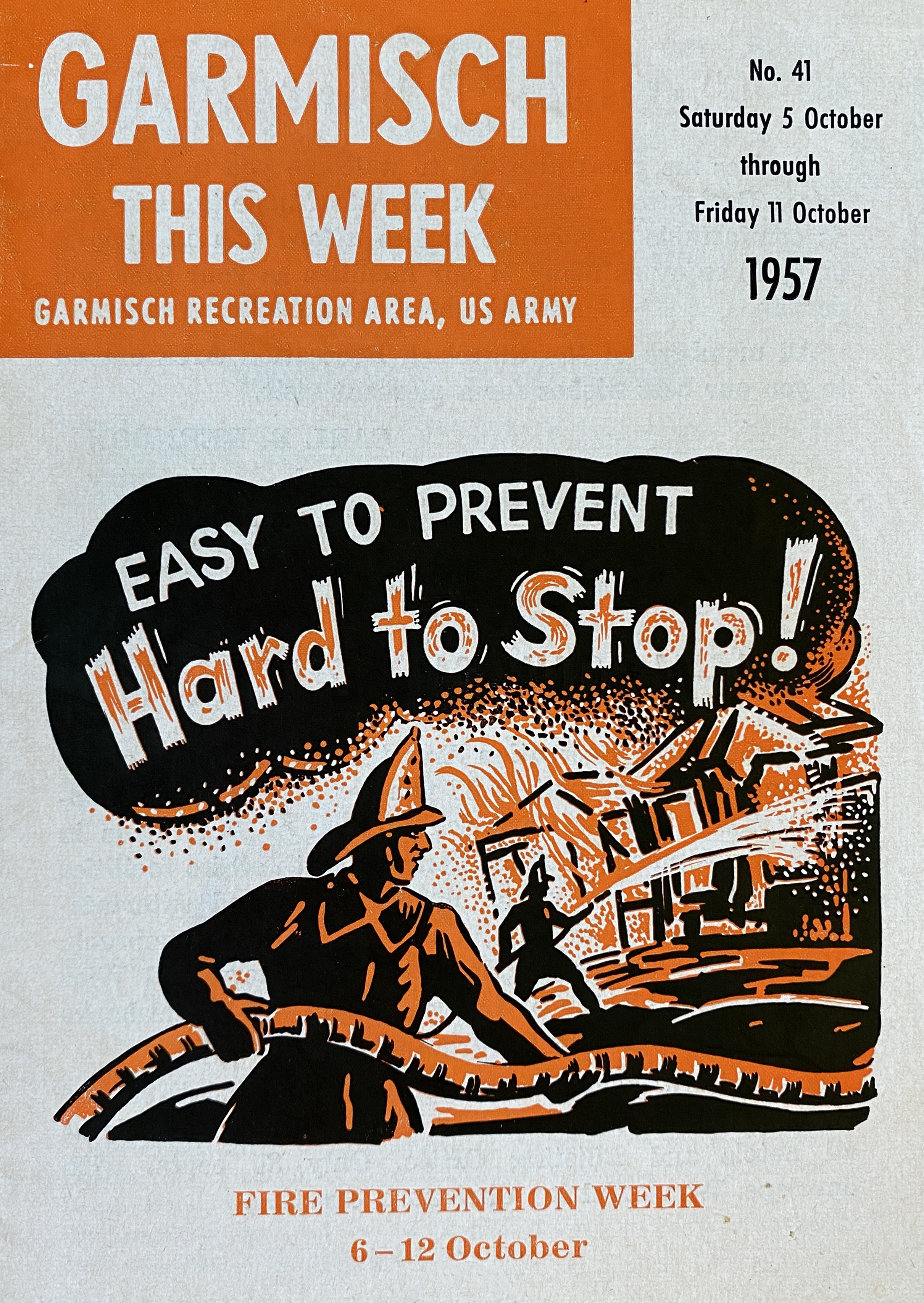
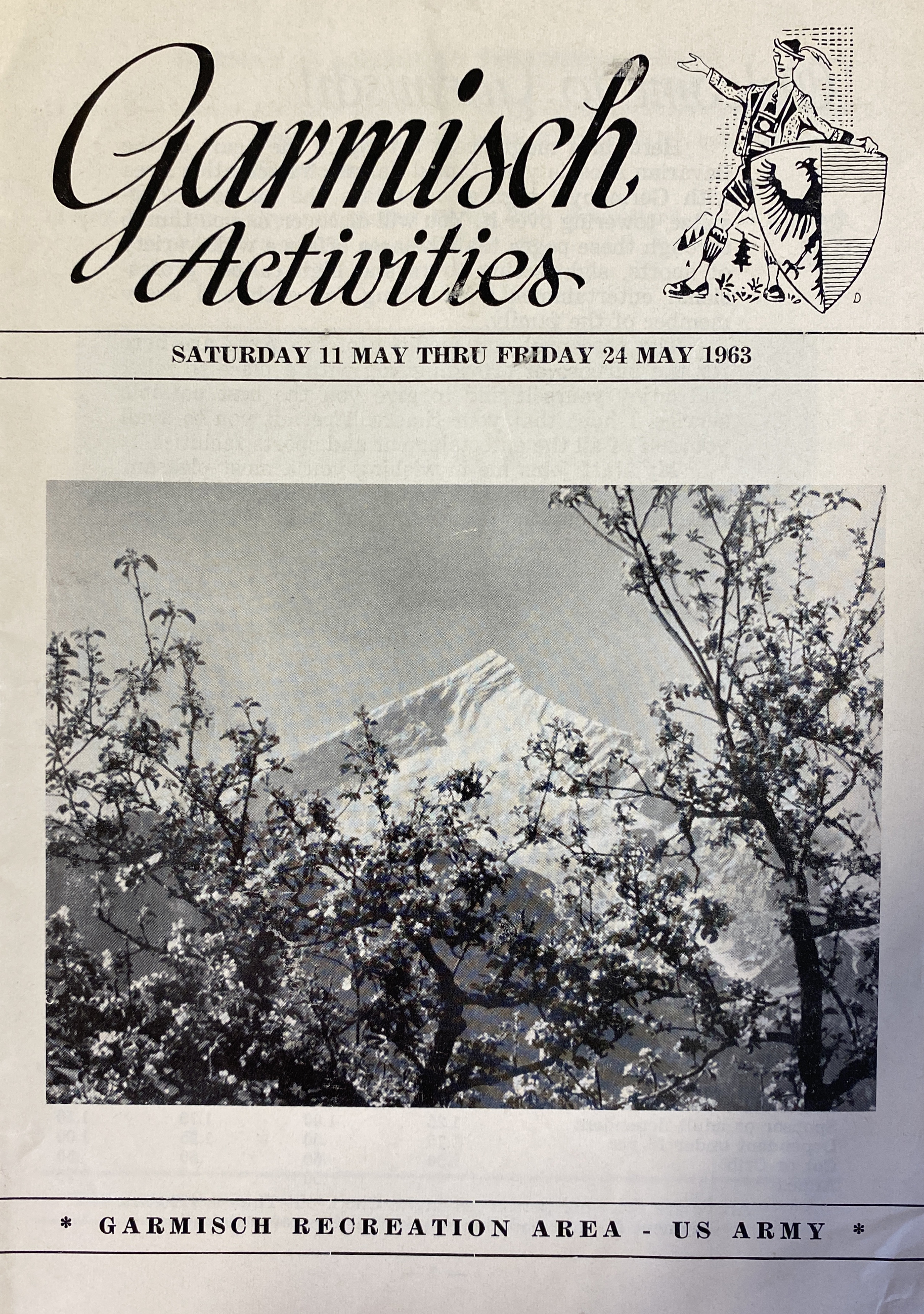
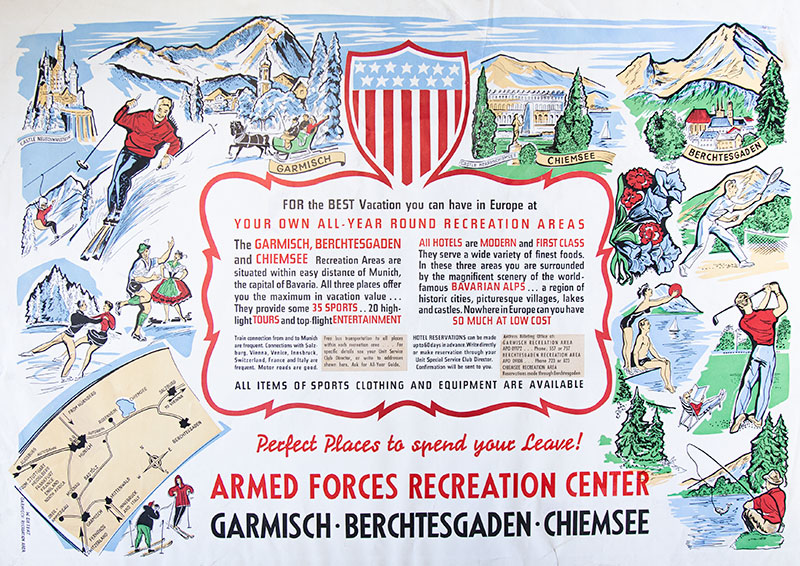

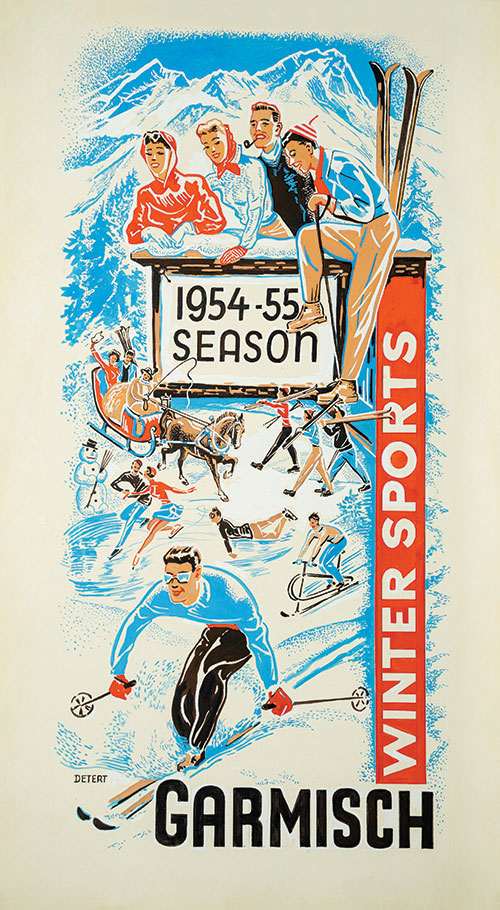
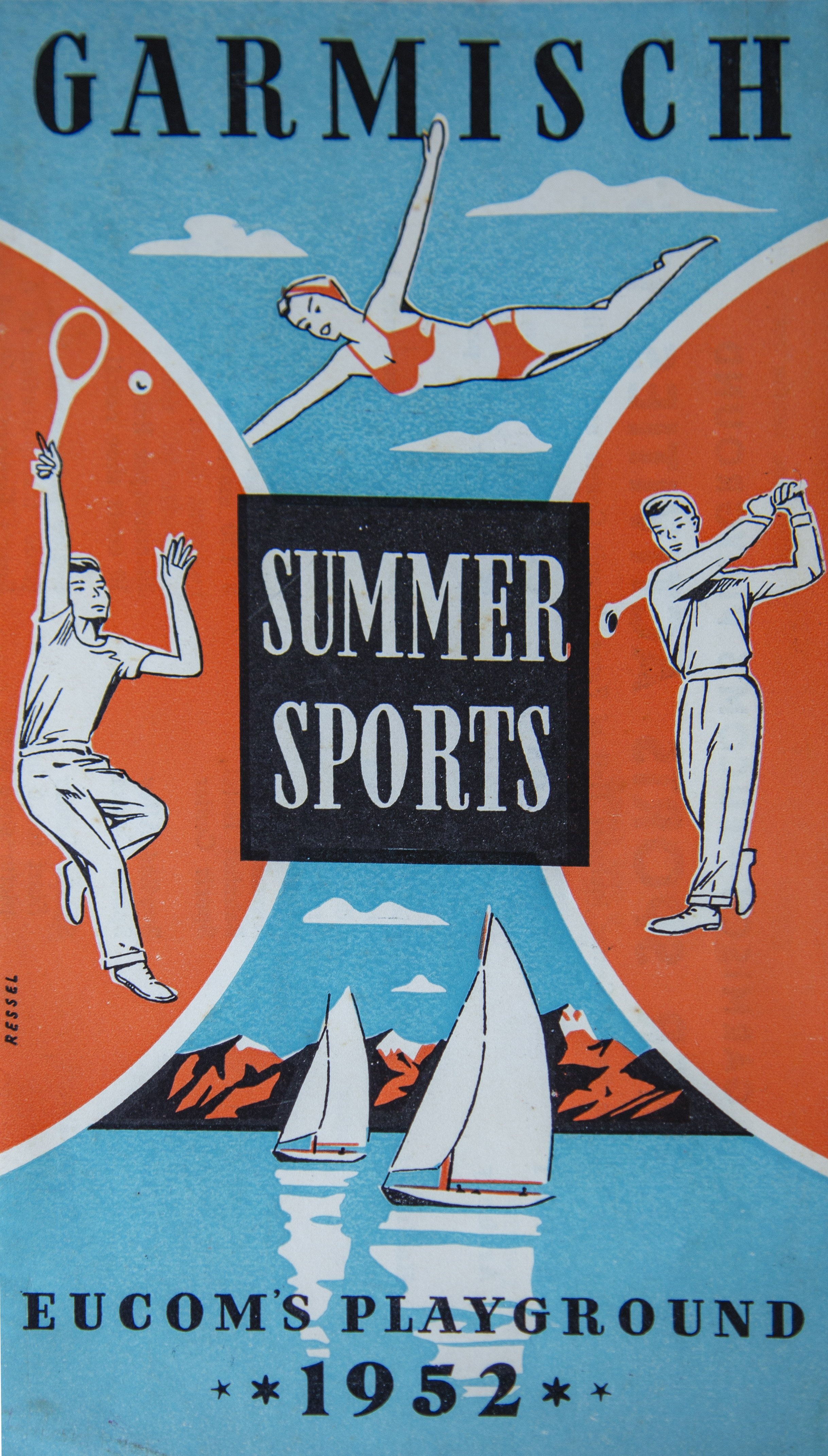
Armed Forces Recreation Centers Europe
During the war, US forces had established leave and rest centers in Paris, on the Riveriera, in the UK. and in Denmark. As the war ended, US forces established unit-level rest areas using local hotels and resort facilities. The 10th Armored Division, for example, established a division rest center at Haus Minoux above the Riessersee, and the Third Army (while it was headquartered nearby in Bad Tolz) established the Third Army Recreation Area in Garmisch-Partenkirchen.
As a cost-saving measure, in December 1945 USFET directed establishment of theater rest centers in occupied territory. The unit-level leave and rest centers in Garmisch-Partenkirchen were designated the XX Corps Winter Sports Center on 3 December. This date marks the birth of what is today known as the Armed Forces Recreation Center. Virtually every hotel, from downtown Garmisch to the top of the Zugspitze, was put to use by occupation troops. The Americans "confiscated" all those facilities that had been used by the German Armed Forces or the Nazi Party during the war, and "requisitioned" those hotels in Garmisch-Partenkirchen which had been used as temporary military hospitals and convalescent centers. US forces also took over use of the Garmisch-Partenkirchen golf course. Several exclusive hotels, such as the former Haus Florian in Partenkirchen, became guest houses for general officers. In late 1945, the former officers' club on Osterfelderstrafie became the Bavarian Retreat Enlisted Men's Club.
Special efforts were made to provide a winter sports program in 1945-46 to keep troops occupied during the demobilization of the US forces, including providing 15,000 pairs of skis and 12,000 pairs of ice skates in Garmisch-Partenkirchen and Berchetesgaden.
In addition to the requisitioned hotels and recreation facilities, new ones were built. Keans Lodge and skeet range were built on the Kramer Plateau on part of the former Wehrmacht training area. The Hausberg Ski Lodge was built in 1945 on the lower slopes of the Hausberg Mountain. Until the Casa Carioca was built by Third Army engineers in 1946, the Olympic ice skating stadium was used by US occupation forces, complete with a club and restaurant for officers and soldiers. The Casa Carioca. a 500 seat night club with an ice skating show, originally was built with a retractable roof and floor. The Sports Center was built on St. Martin StraBe in 1946-47 by Third Army engineers over the foundation of a Nazi Party "Strength through Joy" (Kraft durch Freude) Halle which had been planned for the 1940 Olympics. Initially, this building provided a sports office. ski issue point and a pool/billiard room. Soldiers wearing the shoulder patches of virtually every unit on occupation duty in Germany could be seen in Garmisch-Partenkirchen since they were sent to the Leave and Rest Center on R&R orders and were charged only five cents each day (for condiments). The Garmisch Rest Center was the largest such facility in the European Theater, with accommodations for 1,150 enlisted soldiers and 202 officers.
In March 1946, the XX Corps Winter Sports Center was redesignated the Garmisch Recreation Area.
With the formal end of the US occupation of Germany, USAREUR began returning the hotels used by the Garmisch Recreation Area to private ownership. As late as June 1952, the Garmisch Recreation Area still included 12 hotels in Garmisch-Partenkirchen, Grainau, and on both the Kreuzeck and Zugspitz, as well as the golf course and numerous ski slopes. In June 1952, the rate for soldiers at the US hotels was $.75 per day; officers paid $1.50 per day. In September of that year, the Schneefenderhaus Hotel on the Zugspitze was "derequisitioned." The Eibsee Hotel was returned to the Terne family in 1953 and then rented for use by US forces.
At the same time, US Army Europe began to convert several former military facilities into hotels for the Garmisch Recreation Area. The former German officers' club (in use as the Bavarian Retreat Enlisted Mens Club) was enlarged to its present size in 1952-53 and opened as the General Patton Hotel for officers. In addition to the new rooms, the building included a two lane bowling alley and Ratskeller in the basement; a dining room, barber shop and game room on the first floor; and a nursery on the second floor. The dining room was decorated with several exquisite antique tapestries until 1956 when these went to a museum in Munich for safekeeping.
The former German Highway Administration guesthouse on Mittenwaldstra6e, constructed in 1938, was enlarged to its present size in 1952 and opened as the General von Steuben Hotel in January 1953. A former mountain infantry barracks building, together with the ruins of the adjacent mule stable and garage, was completely remodeled and opened as the Sheridan Plaza Hotel at the same time.
In 1952, portions of the former station hospital were remodeled and opened in March 1953 as the Green Arrow Inn for enlisted personnel. The remedial gymnasium that had been moved from Mittenwald and reconstructed adjacent to the old hospital buildings was converted into a restaurant. The former doctors' residence adjacent to the station hospital building was converted to the Haus Flora for use for VIP quarters in 1954.
There was also an extensive program of upgrading the recreational facilities in the early 1950s. The Casa Carioca was remodeled in 1950 to replace the sliding roof and floor and completely redo the interior. The Sports Center was greatly expanded in 1950 to include six outdoor tennis courts and an eight-lane indoor bowling alley. In 1952, this was further enlarged to include an Enlisted Service Club (to replace the facility that had become the Patton Hotel), eight tennis courts, a roller skating area. miniature golf course and a twelve lane bowling alley. The Alpine movie theater was also built in 1952 adjacent to the Sports Center. Building 723 in the Breitenau Housing Area (now the Child Development Center and Army Post Office) originally housed a bakery and icemaking machinery used by AFRC.
In April 1956, the Garmisch Recreation Area included the new Patton, von Steuben, Green Arrow and Sheridan Plaza Hotels. The Americans still controlled the Partenkirchenerhof, Bahnhof, Roter Hahn and Riessersee Hotels, and rented the Eibsee Hotel. Each hotel had a restaurant, with many offering specialized dishes: the Bahnhof Hotel had the Chuck Wagon Steak House; the Rater Hahn Hotel had the Pagoda Room; the Partenkirchenerhof Hotel had the Italian Room; the Sheridan Plaza had the Hawaiian Room. All hotels offered photo developing, pressing, nurseries/babysitters and room service. The Patton, van Steuben, Green Arrow, Sheridan Plaza and Eibsee Hotels had barber/beauty shops and gift shops. The Eibsee and Bahnhof Hotels offered horseback riding, while the Eibsee and Riessersee Hotels had sub-libraries and snack bars.
By the end of that year, the Bahnhof, Roter Hahn, and Riessersee Hotels, together with the Haus Minoux, were returned to Germany. The special restaurants were retained, but relocated to new facilities: the Chuck Wagon Steak House moved to the Sports Center; the Pagadoa Room to the Sheridan Plaza Hotel; Italian meals were first served at the von Steuben Hotel (in the Capri Room), then at the Green Arrow; and French meals were served initially at the Sheridan Plaza Hotel (in the La Flamme Room), then at the von Steuben Hotel (in the Cordon d' Or Restaurant).
In 1974, in an effort to provide low-cost recreational opportunities for US servicemembers and their families, AFRC opened the Garmisch Travel Camp. Initially, campers used the bathrooms and showers of the nearby Rod & Gun Club until a shower building was finished. A new building was constructed to provide a camp store. The Travel Camp has proven extremely popular, growing over the years to its present size.
In January of 1976, the Green Arrow Inn in Garmisch-Partenkirchen was renamed the General Abrams in honor of the late Chief of Staff of the Army, General Creighton Abrams. In the same year, AFRC stopped renting the Eibsee Hotel.
Throughout the 1970s and 80s, AFRC expanded to include a number of new facilities. AFRC ran a horseback riding stable in the westernmost of the old stables of Artillery Kaserne from the mid-1970s. In 1981, Building 724 in Breitenau Housing Area was opened as The Loft, offering pizza downstairs and a bar upstairs, primarily for those using the campground. In addition, the west end of Building 723 was converted into a craft area, with a kiln and framing shop downstairs and an area upstairs with a loom and space for quilting. The billeting office moved from the Shopping Center into the Sports Center.
On 19 April 1989, demolition began on half of the buildings on Sheridan Kaserne (including the pre-World War II vintage stables, riding hall, garages and the AFRC Sheridan Plaza Hotel) in preparation for construction of a new AFRC hotel, which would allow the closure of the remaining pre-World War II buildings such as the General Patton, General von Steuben, and General Abrams Hotels. Before the underground parking garage for the new AFRC hotel was even finished, the project was canceled due to the end of the Cold War and the third and most dramatic drawdown of US troops in Europe.
By the summer of 1991, USAREUR had designated the Garmisch military community for closure and began drawing down the community, including the closure of AFRC's Sports Complex and Alpine Theater. The General Abrams Hotel was closed during Easter 1991, and AFRC headquarters moved from Building 102 on Sheridan Barracks to the newly redesignated General Abrams Complex during the winter of 1991 /92. The former hotel rooms were used to house AFRC's employees and the former restaurant was converted to a conference facility.
In the near future, after the scheduled reopening of the Chiemsee Hotel and the projected closure of the remaining facilities in Berchtesgaden, AFRC Europe will still provide a series of year-round recreational activities for U.S. servicemembers and their families.
Chiemsee and Berchtesgaden
The building of the first motorway rest house, the "Rasthaus Chiemsee", was designed by the Munich architect Friedrich Norkauer, who had envisaged the function of a historical post station as a model for the operation of a modern fuel and rest area.
On July 19 and 20, 1940, the use of the rest house as a secondary operation of the motorway was in fact almost ended, and shortly afterwards the facility was handed over to the Wehrmacht for use as a convalescent home, which was important for the war effort.
After the end of the war, the American Army took over the Chiemsee rest stop to create a recreation center for US soldiers and their families. The "AFRC Lake Hotel" was a popular holiday destination for many American soldiers stationed in Germany for decades. The entire facility, was renovated and modernized by the US armed forces in 1989/1990. The Seehotel had 83 guest rooms with a total of around 166 beds as well as a restaurant, a cafeteria, bar and several conference rooms, while the Parkhotel had 73 guest rooms with around 146 beds.
When one of the AFRC sister hotels in Berchtesgaden had to be extensively renovated in 1994, the facility was closed in order to hand it over to the Federal Republic in return for assuming the estimated 29 million US dollar renovation costs. The real costs for Berchtesgaden eventually turned out to be too high and the plan was abandoned. The AFRC hotel in Berchtesgaden was closed and Chiemsee reopened.
In mid-2000, the American Congress decided to merge all European AFRC resorts into one hotel complex in Garmisch. Due to the changed world situation after the end of the Cold War and Operation "Iraqi Freedom", the first Iraq war, the potential clientele had shrunk considerably due to the withdrawal of troops. On September 2nd, 2003 the AFRC Lake Resort Chiemsee finally closed its doors.
On December 30, 2004, the property was released by the US armed forces and returned to the Federal Republic of Germany as the owner. Today, the entire facility, with the exception of the buildings erected by the US armed forces, is a listed building. The property is owned by a holding company based in Amerang (Rosenheim district), to which the Medical-Park hospital chain belongs. In September 2011, the company opened the "Medical Park Chiemseeblick".
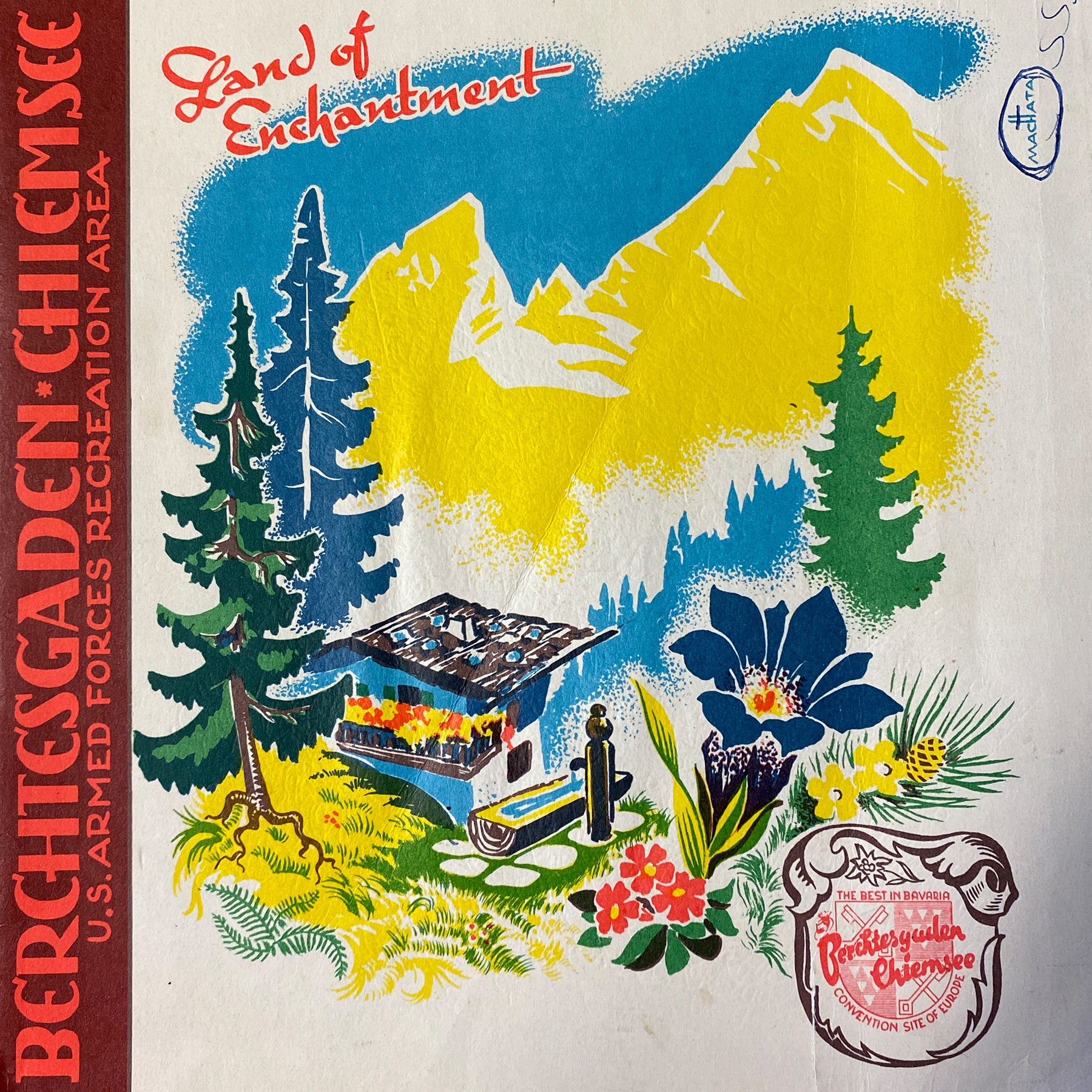
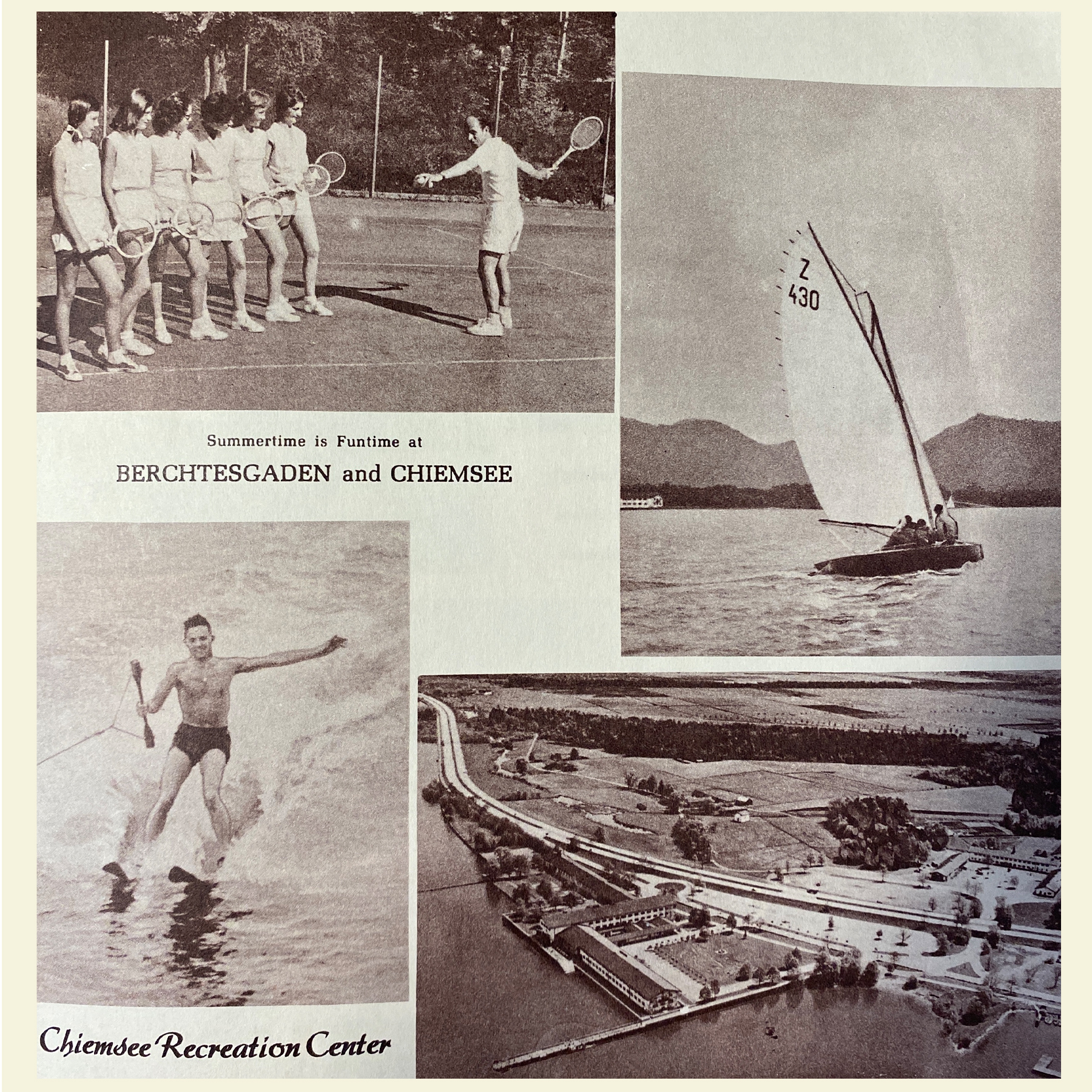
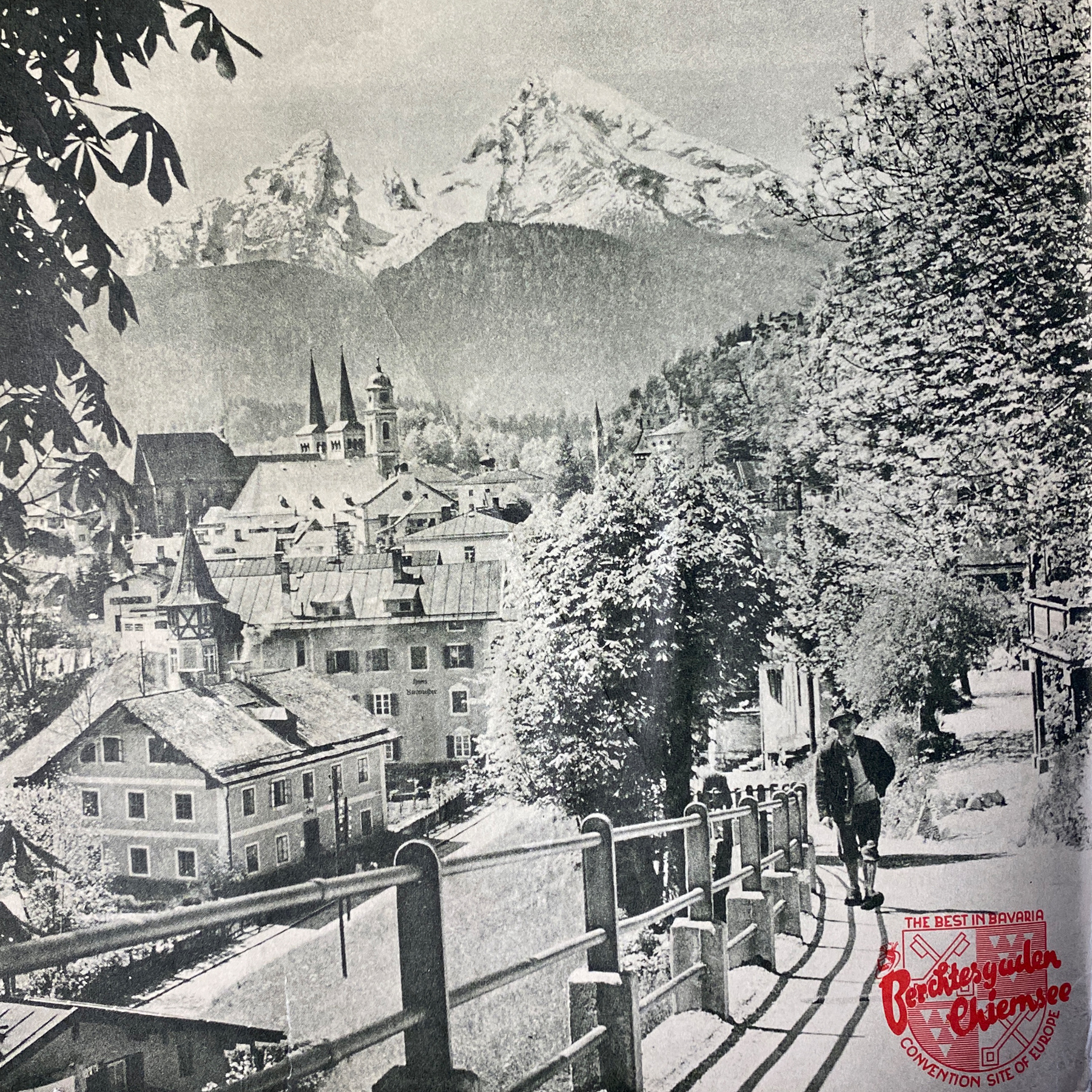
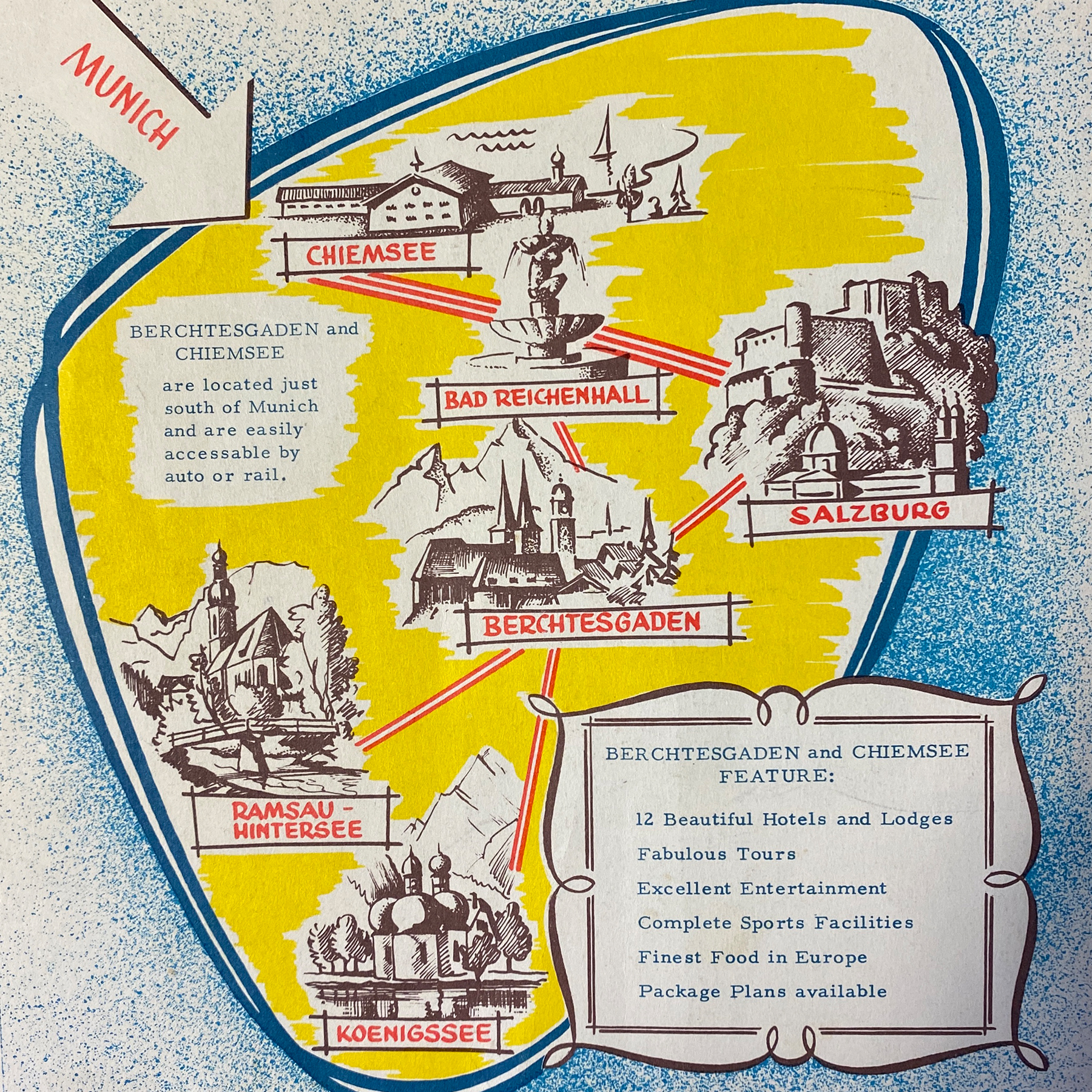
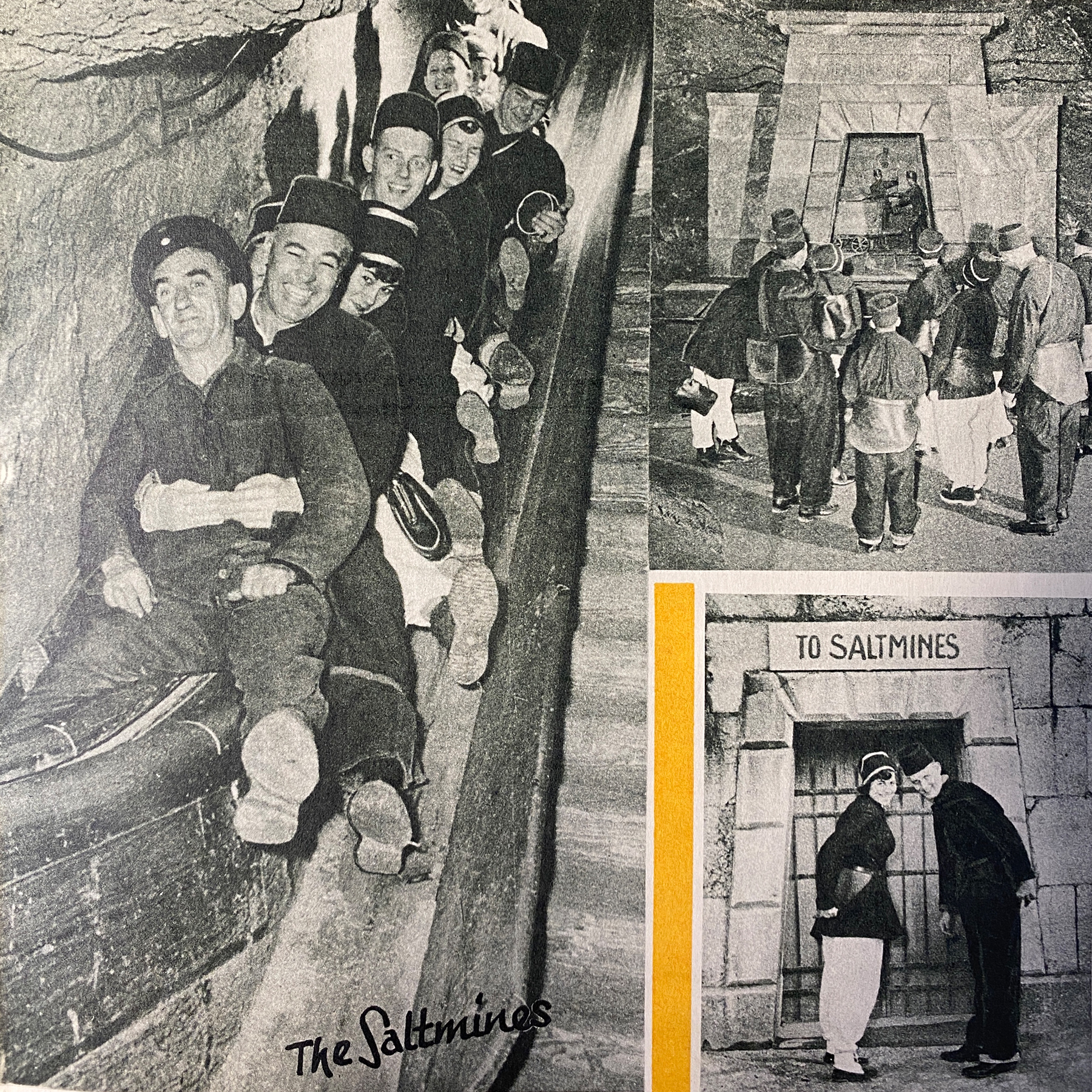
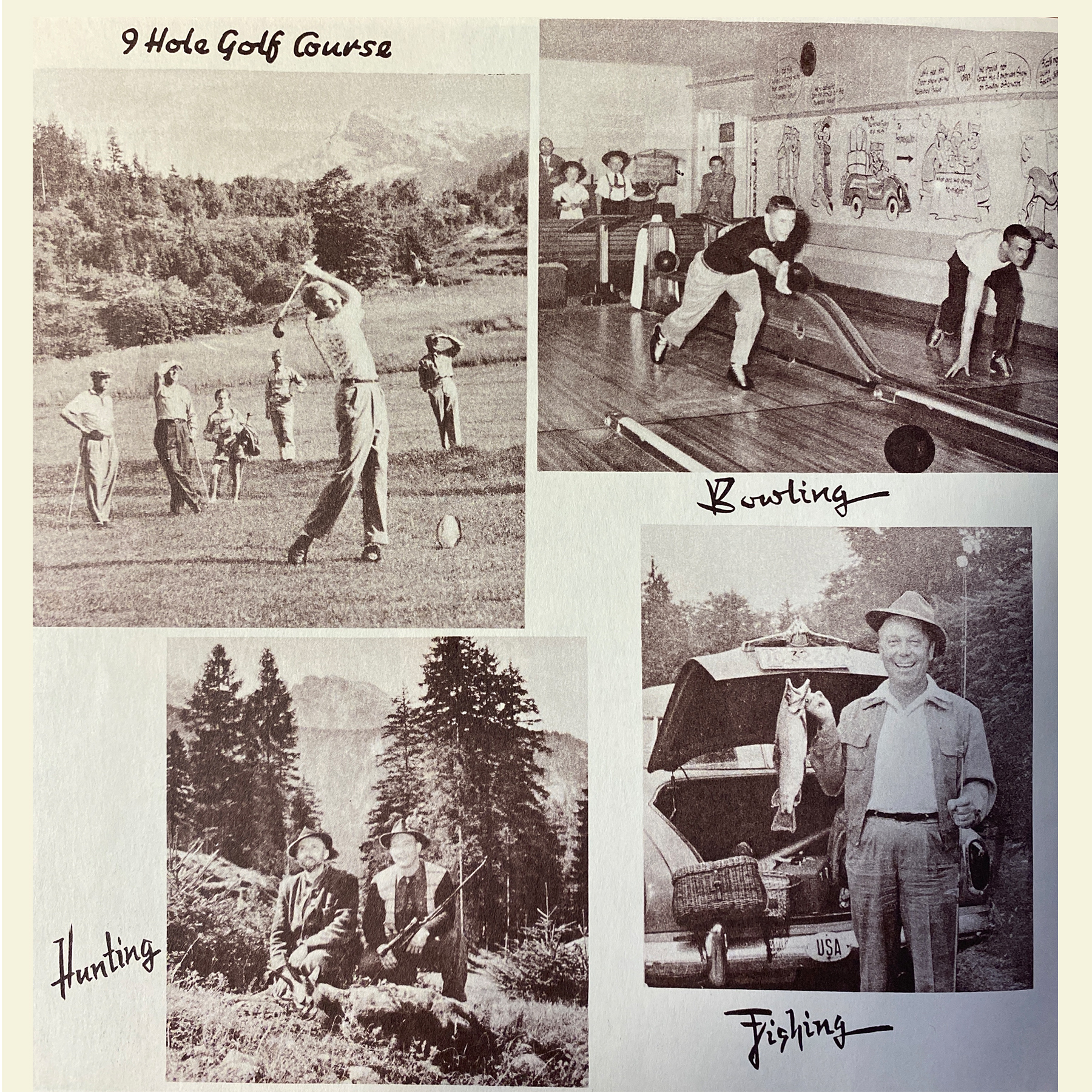
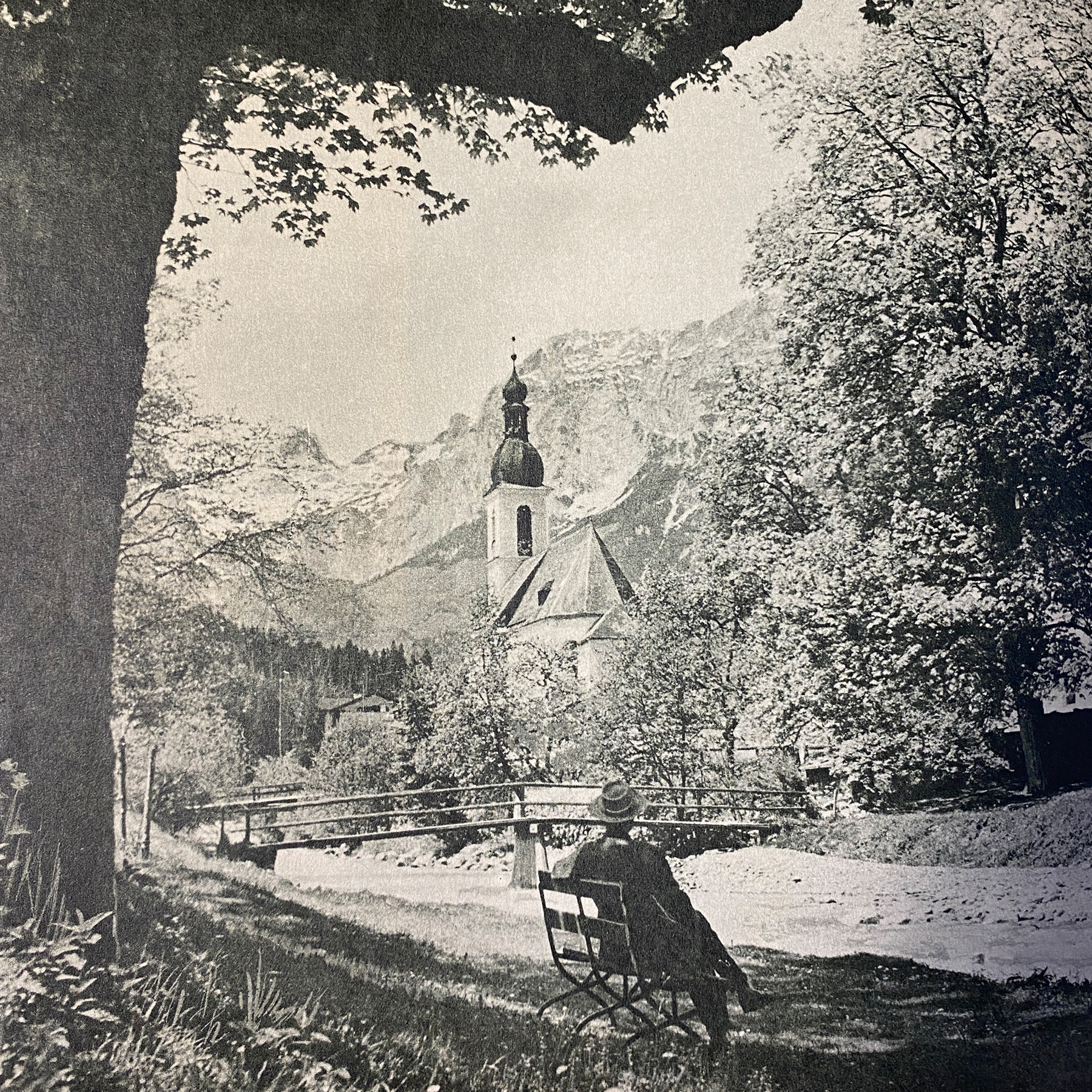
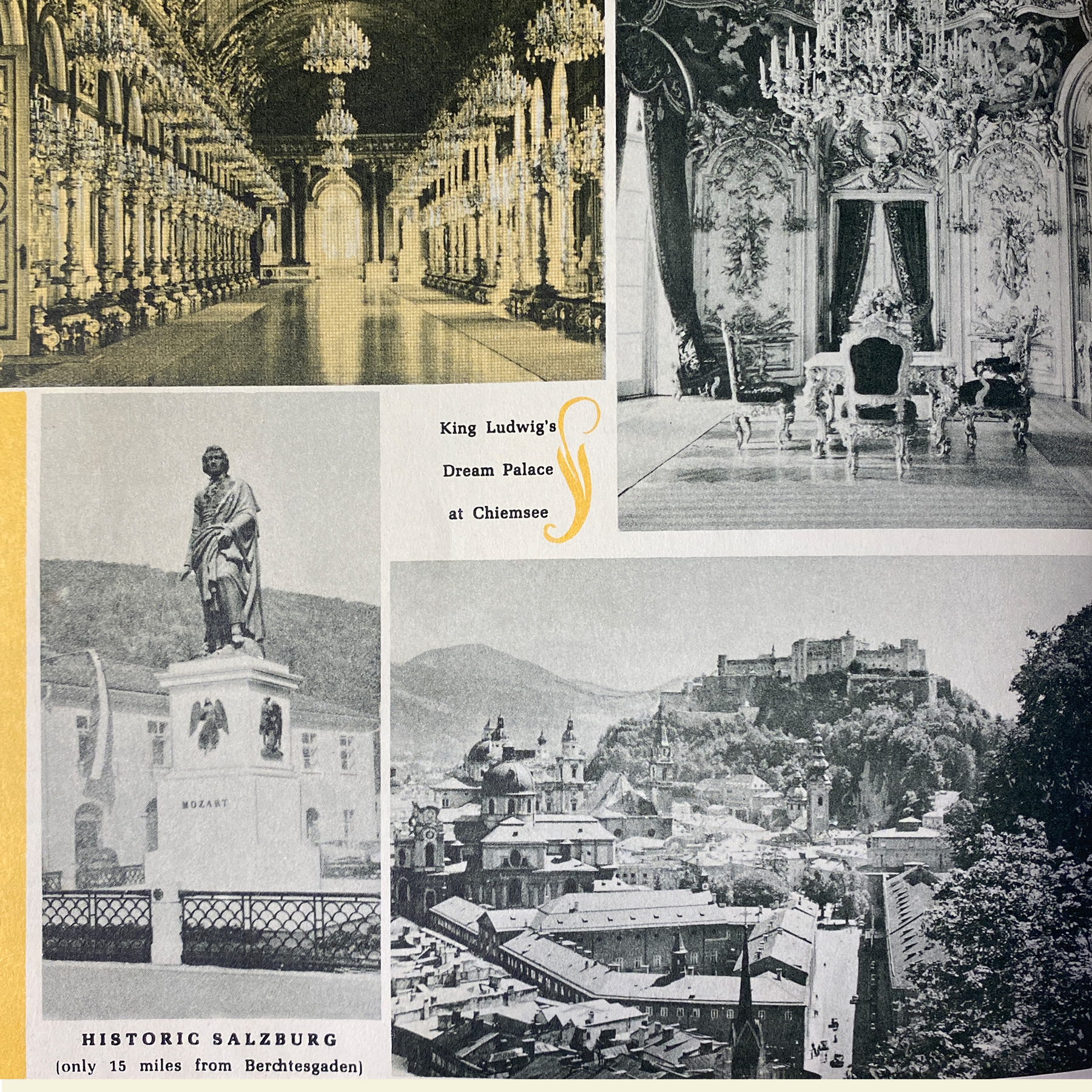
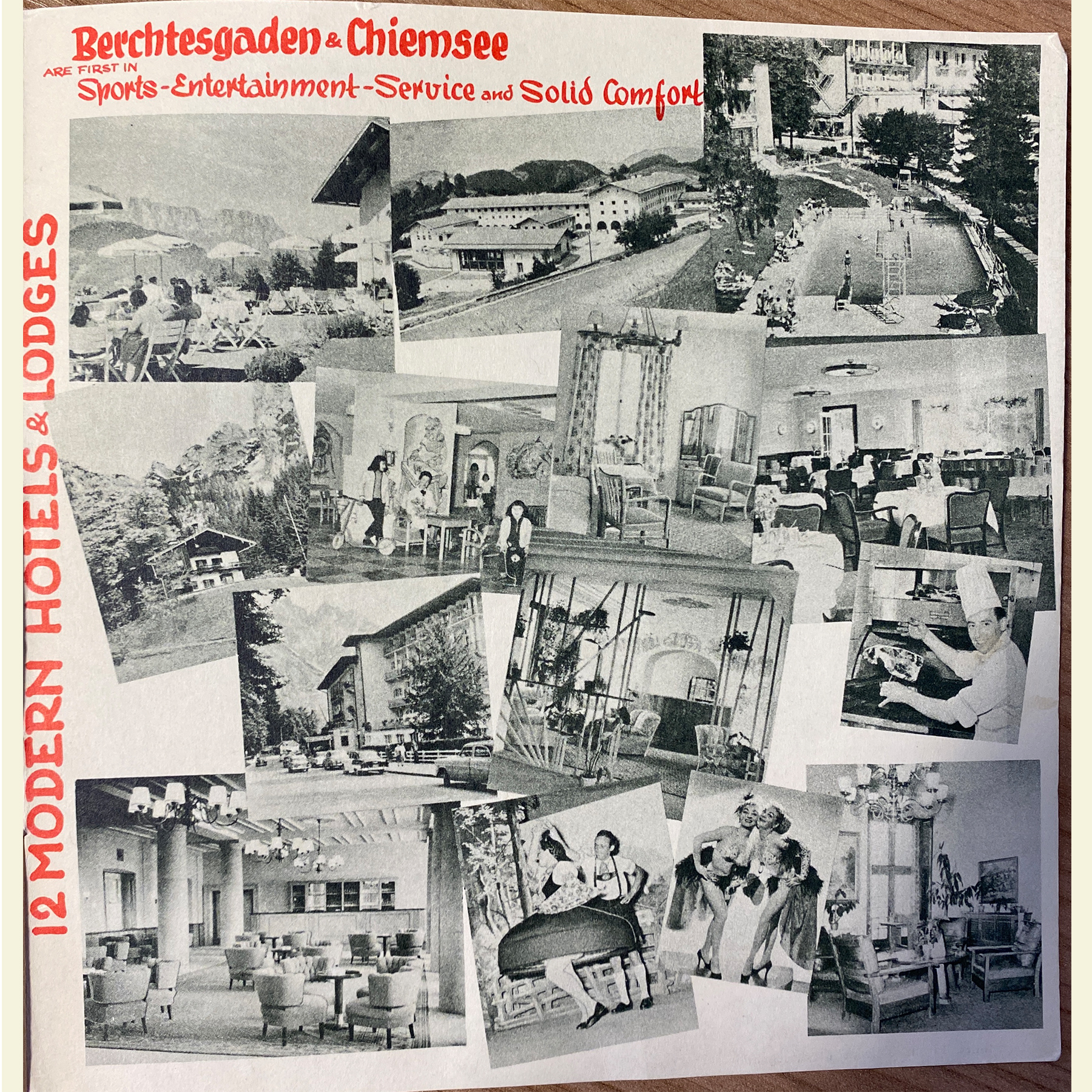
AFRC Europe Opening Dates
Garmisch 1945:
Bahnhof Hotel, Riessersee Hotel Kreuzeckhaus, Post Hotel, Alpenhof, Eibsee Hotel, Schneefernerhaus (top of Zugspitze) Partenkirchnerhof, Roter Hahn, Haus Flora, Badersee Hotel (Christal Springs)
1946: Casa Carioca
1953: Sonnenbichl Hotel (leased), Haus Mineux, General Abrams, Sheridan Plaza, Alpenland (now Von Steuben), General Patton
Berchtesgaden 1945:
Berchtesgadener Hof, Evergreen Lodge, General McNair, Hotel Deutsches Haus, Bellevue Hotel
1953: General Walker (Plattenhof), Alpine Inn, Skytop Inn
Chiemsee 1945: Park Hotel, Lake Hotel
Munich 1970: Columbia Hotel
October 2004
In the Spring of 2000, the U.S. Army and members of the United States Congress approved plans to construct a modern resort hotel in the Bavarian resort town of Garmisch-Partenkirchen. Upon completion of the new hotel in 2004, AFRC Europe closed ARFC Chiemsee, the General Patton Hotel and consolidated the remaining AFRC facilities in Garmisch-Partenkirchen under the new Edelweiss Lodge and Resort.
